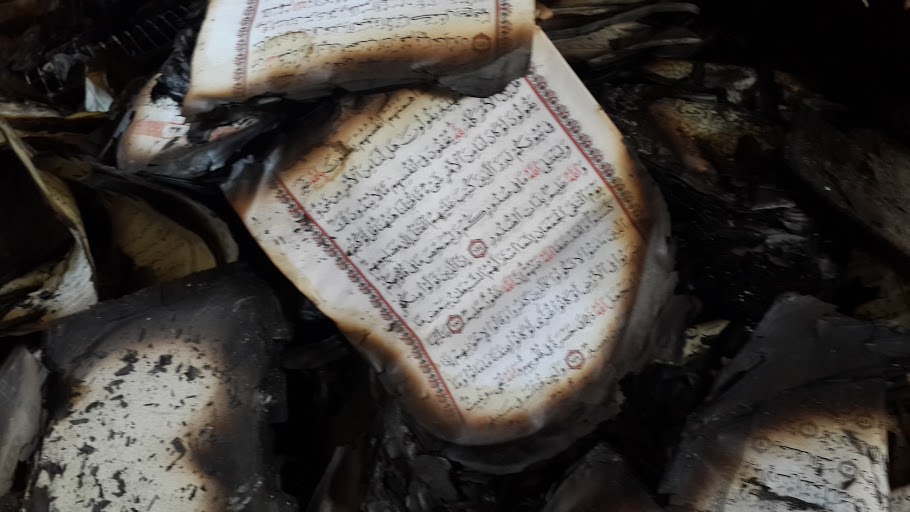Category: Hebron
-
Israeli forces fire 29 tear gas canisters towards youths and schoolchildren in Hebron
19th November 2014 | International Solidarity Movement, Khalil team | Hebron, Occupied Palestine This morning in al-Khalil (Hebron), clashes broke out in the Qeitun area starting between 07:00 and 08:00 near the Qeitun checkpoint. By 08:00 the group of Palestinian teenagers and young boys present had grown to approximately 100 individuals, since the school closed, most likely due to tear…
-
Second mosque burnt in the West Bank this month
12th November 2014 | International Solidarity Movement, Ramallah Team | Mughayir, Occupied Palestine At 18:00 yesterday, the Israeli army closed the main entrance to Mughayir village until midnight. At midnight the army infiltrated the village and patrolled its empty streets for the next four hours. Sometime between 2:30-3:30 am, villagers noticed that the mosque was on fire. Failing to…
-
Israeli forces ignore settler attacking child
9th November 2014 | International Solidarity Movement, Khalil Team | Hebron, Occupied Palestine This afternoon in al-Khalil (Hebron), ISM activists witnessed a Zionist settler push a 10-year-old child to the ground. The settler was driving close to Salaymeh checkpoint, through a group of Palestinian schoolchildren walking home. He suddenly stopped, exited his car, and violently pushed…



